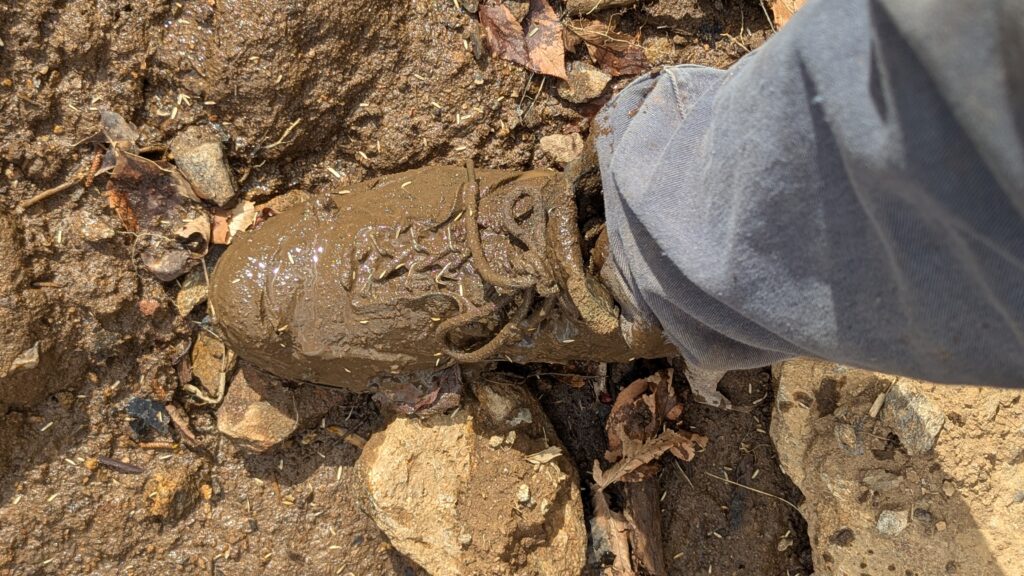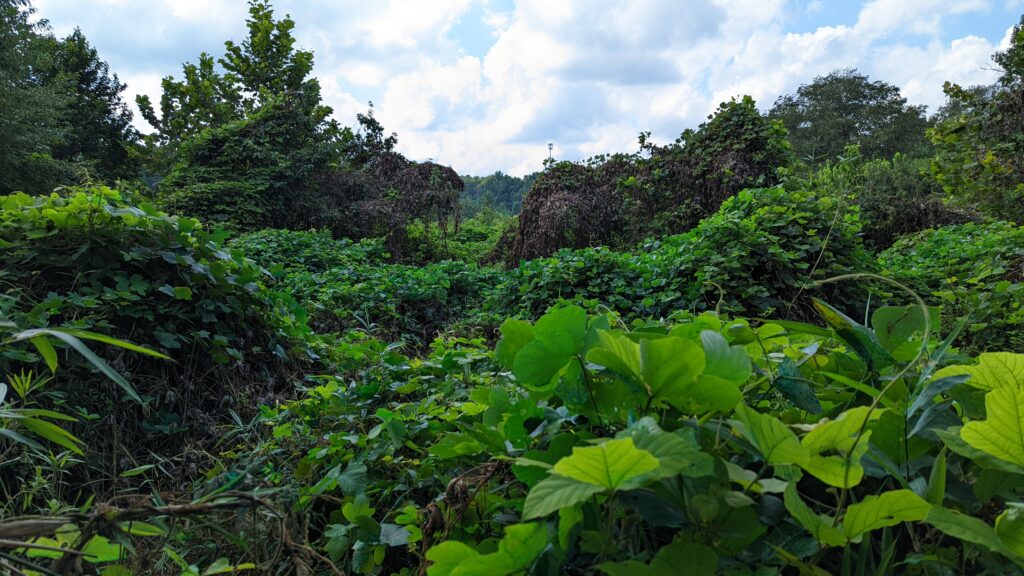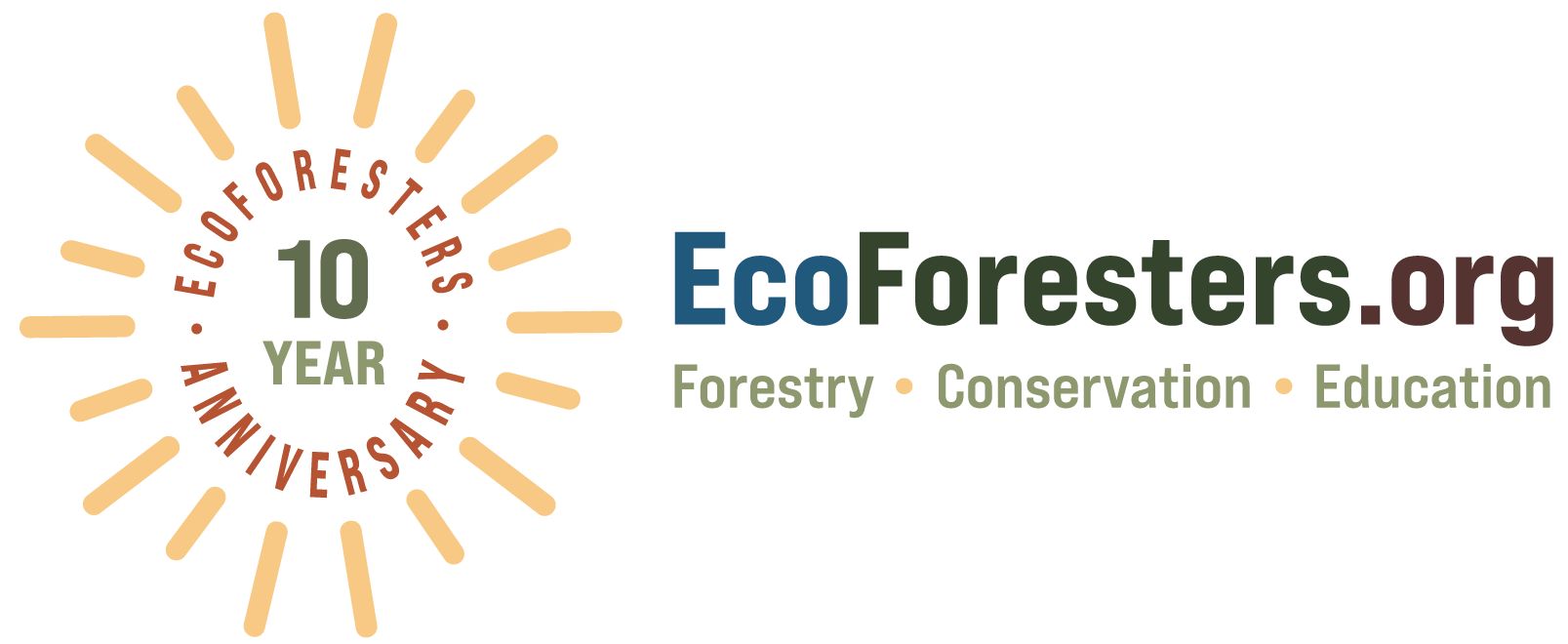Wreckage to Renewal
Overnight, the buds have started bursting. Spring has a special knack for enlivening the mood, regardless of the year and what it’s held. For the past six months we have been living amongst the wreckage of Helene, watching the constant stream of debris being pulled from our waterways while there is a steady hum from chainsaws clearing hazard trees. From bucking trees off of houses in October to helping folks understand the changes to their land this Spring, EcoForesters’ staff has been extremely busy. But there is a lurking problem about to rear its head from the soils beneath. Populations of non-native invasive plants in our mountain region have been dormant in the topsoil, waiting for some sunshine and newly found real estate. Now that there is plenty of “free real estate” amongst the fallen trees, aggressive non-native invasive plants (NNIS) will be quick to set up shop and make themselves at home.
Many folks have heard that NNIS are quicker to grow and quicker to spread vs. our native plant fellows. These misplaced plants inhibit native plant regeneration, provide minimal ecological value, and they often degrade our region’s biodiversity. One of the main ways they spread is through disturbed bare soils, so if they were established prior to the hurricane, they will thrive after the hurricane. Now that it is early Spring, a lot of the non-native invasive plants have started to leaf out before plants native to southern Appalachia- making identification and treatment much easier.

EcoForesters has been moving quickly to help educate folks with post storm steps, such as how to identify and treat NNIS, where to find native plants, how to manage their bare soil, and disseminate information about funding to help in stewarding their land. Both of our forest restoration crews have been working tirelessly to accomplish the boots on the ground work within the community. This includes the important tasks of forest stand improvement and habitat restoration, in addition to clearing out access roads and trails.
The Southern Appalachians have been dealt a bad hand from this storm, but for the sake of optimism, let’s reframe it as a blank slate. There is now plenty of bare soil that has given folks a chance to steward the land with intention and mindfulness that can last generations. Thankfully, there are many organizations and community members that can lend a hand and share resources. It is disheartening to see the changes to our land from something that was beyond our control; thankfully, nature is resilient and can heal with a little help. With Spring comes a new opportunity to see what germinates – our natives will come back and we have to act as shepherds towards our natural ecosystems. In the scope of forestry, we’re playing the long game, so let’s plant natives, revive the soil and soul, and start the next chapter for our forests through diligent removal of NNIS.

